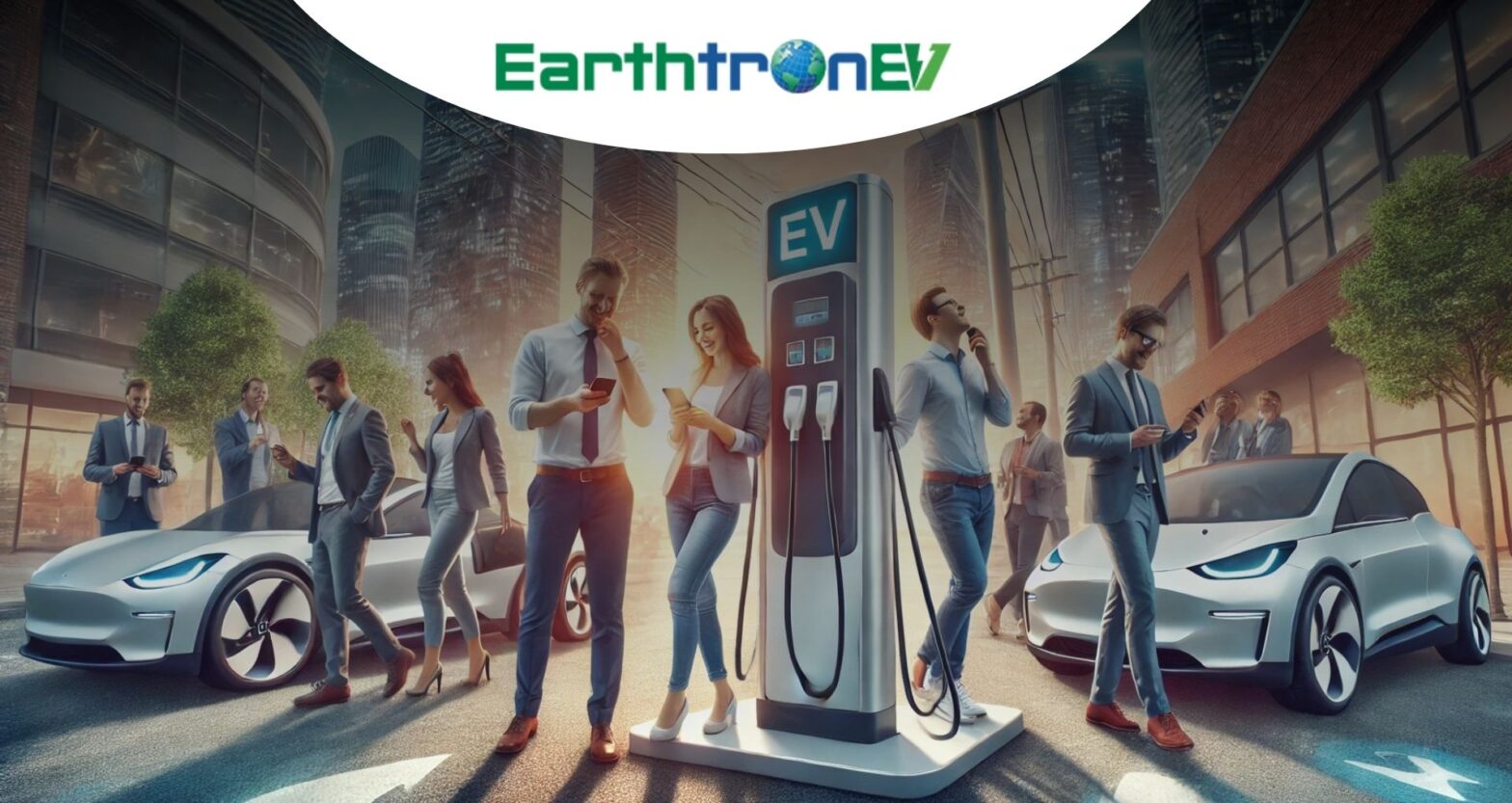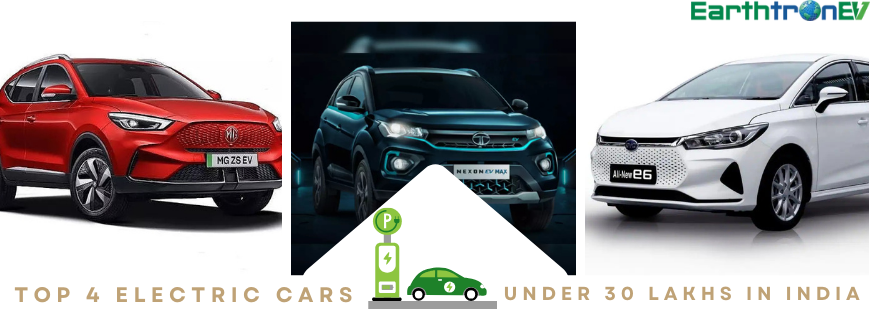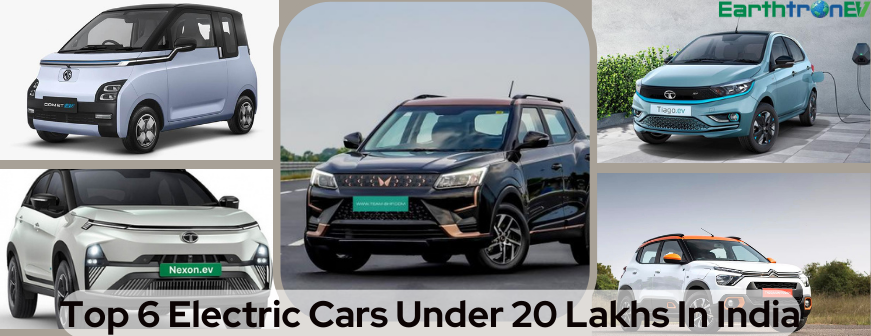Are you ready to charge up your curiosity and dive into the electrifying world of EV charging infrastructure? Well, get ready to be blown away as we embark on a thrilling journey exploring the Indian Government’s groundbreaking investments in this revolutionary space. Buckle up and join us as we uncover how India is paving the way toward a greener future by revolutionizing its transportation landscape with electric vehicles and an extensive network of charging stations. From policy initiatives to innovative partnerships, we’ll explore every exciting detail that makes this investment a game-changer for both India and the entire world. So, let’s plug in and delve into this electrifying adventure together!
How is the Indian Government Supporting Electric Vehicle Owners?
The Indian government has been investing in electric vehicle (EV) charging infrastructure as part of its commitment to promote the use of EVs in the country. As of March 2019, the government had installed around 1,000 public EV chargers across India. In addition, it has also set up several charging stations along highways and at other strategic locations.
The government is also providing financial incentives to encourage people to switch to EVs. For instance, it offers a subsidy of up to Rs 1.5 lakh on the purchase of an electric car. It has also announced plans to set up an additional 2,000 public EV chargers by March 2020.
What are the Benefits of Investing in EV Charging Infrastructure?
The Indian government’s investment in EV charging infrastructure is a strong signal of its commitment to the electrification of the transportation sector. By installing a robust network of chargers across the country, the government is laying the foundation for the mass adoption of electric vehicles.
There are many benefits to investing in EV charging infrastructure. Perhaps most importantly, it will help to reduce air pollution and greenhouse gas emissions. Electric vehicles are much cleaner than gasoline-powered cars, and as more people switch to EVs, the overall environmental impact of the transportation sector will decrease significantly.
Investing in EV charging infrastructure will also create jobs in a variety of industries, from construction and engineering to manufacturing and operations. And as electric vehicles become more commonplace, the demand for related services such as maintenance and repairs will increase as well.
In addition, investing in EV charging infrastructure sends a clear message that India is committed to transitioning to a low-carbon economy. This is critical for meeting our international climate change obligations and for positioning India as a leader in the global fight against climate change.
Potential Challenges with Investing in EV Charging Infrastructure
There are a few potential challenges that could come up when investing in electric vehicle (EV) infrastructure in India.
- One challenge is that the Indian government may not follow through on its investment plans.
- Another challenge is that the investments may not be enough to meet the needs of EV users, or they may be poorly distributed.
- Additionally, there is a risk that the investments will not be used efficiently or effectively. It is possible that the benefits of investing in EV infrastructure will not be fully realized if there is not sufficient demand for EVs.
The Role of Private Companies in Developing EV Charging Infrastructure
Government investment in electric vehicle (EV) charging infrastructure is critical to the success of the electric mobility transition. However, the role of private companies in developing this infrastructure is often overlooked. Private companies are best positioned to develop and operate EV charging infrastructure, as they have the expertise and capital necessary to build and maintain a high-quality network of chargers.
The Indian government has recognized the importance of private investment in EV charging infrastructure and has taken steps to encourage it. The government has created a number of incentives for private companies to invest in EV charging infrastructure, including subsidies, tax breaks, and preferential treatment for government contracts. In addition, the government has established several programs to help private companies finance their investments in EV charging infrastructure.
The role of private companies in developing EV charging infrastructure is essential to the success of India’s electric mobility transition. The government’s efforts to encourage private investment in this critical area will help ensure that India’s EV charging network meets the needs of its growing population of electric vehicle owners.
Best Practices for Building an Effective EV Charging Network
The Indian government has been making significant investments in electric vehicle (EV) charging infrastructure as part of its goal to have all new vehicle sales be electric by 2030. While this is an ambitious target, it is important for the government to continue to invest in EV charging infrastructure to make this transition possible. Here are some best practices for building an effective EV charging network:
1. Establish clear goals and objectives for the EV charging network. What does the government hope to achieve by investing in this infrastructure? What are the long-term goals of the program?
2. Work with existing utility companies to develop the EV charging network. These companies already have experience in managing electric grids and can provide valuable insights into how to best develop the infrastructure needed for EVs.
3. Develop a robust funding strategy for the EV charging network. The upfront cost of investing in this infrastructure can be significant, so it is important to have a solid plan for how these costs will be covered. One option is to use public-private partnerships, which can help attract private investment into the project.
4. Plan for different types of charger locations. There will need to be a mix of chargers located at workplaces, homes, shopping centers, and other locations where people commonly park their cars. Different charger types will also be needed, such as fast chargers for longer journeys and slower chargers for shorter trips.
Conclusion:
Bearing in mind the importance of EV charging infrastructure for a successful transition to electric vehicles, this article has discussed the Indian government’s investments and initiatives in this regard. Earthtronev can conclude that these efforts by the government are essential to ensure that India is ready for an expedited shift toward EVs. Furthermore, along with other supporting measures such as tax benefits and incentives, this investment will bring about economic growth while reducing air pollution levels across India.







